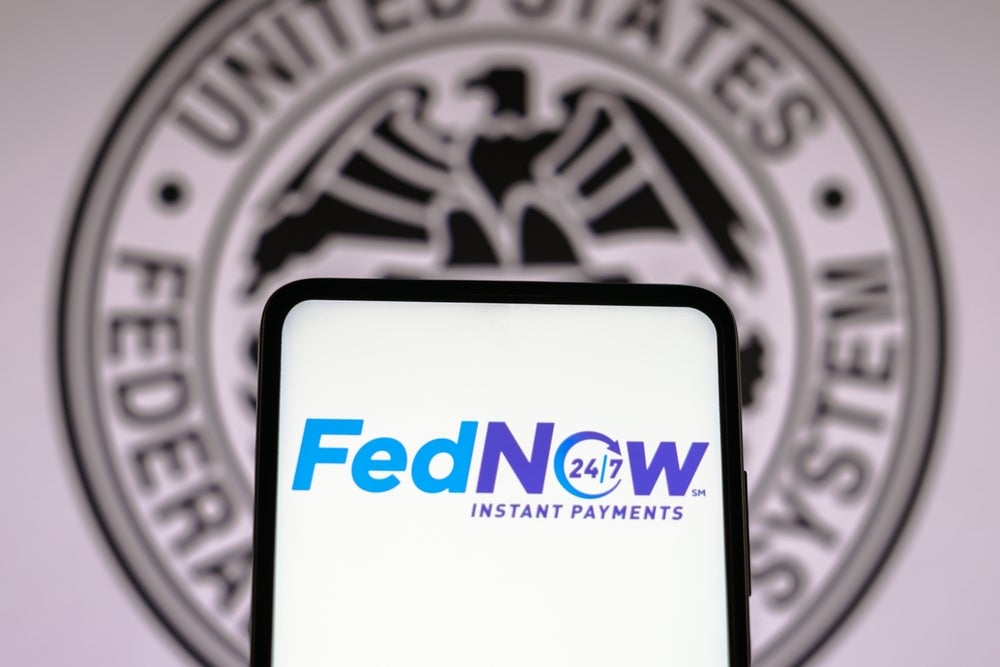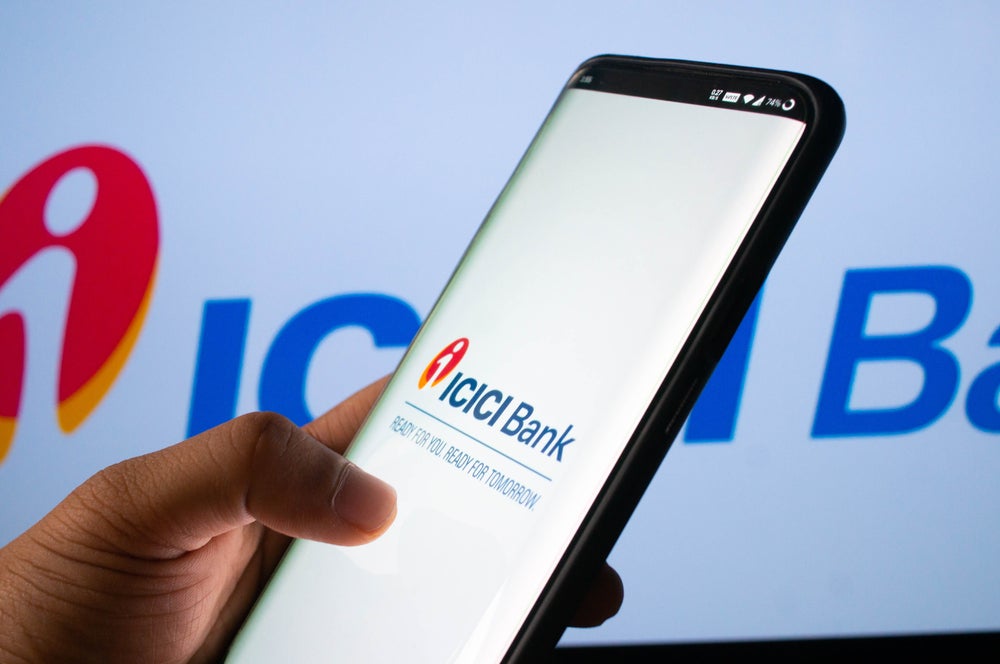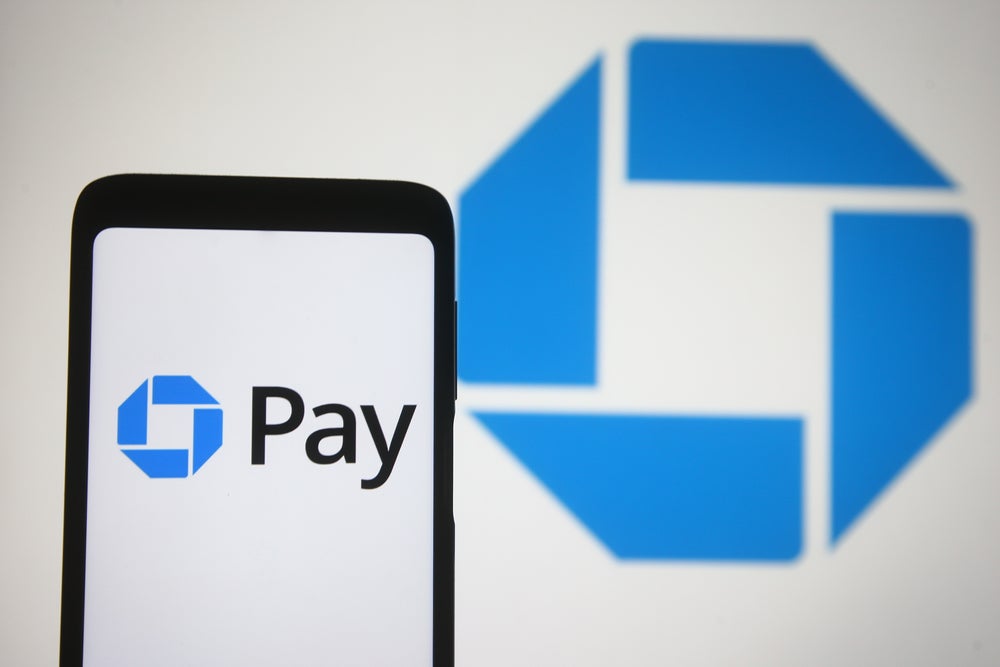The growing popularity of online bill payments has been
instrumental in reducing paper-based payments. A new survey
outlines the evolution of online bill payment over the last decade
and how it has transformed the way consumers pay, most recently
among over 55-year-olds. Victoria Conroy reports.
 Fiserv, a US provider of
Fiserv, a US provider of
financial services technology solutions, has shared the results of
the most recent Consumer Billing and Payment Trends
survey, which has tracked online consumer bill payment habits since
2001. The 2010 survey shows online banking, bill payment and e-bill
usage continues to grow, and that the online bill payment
population has changed significantly during the last decade.
The annual survey is the 10th of its kind,
based on national online consumer surveys, and examines: online
banking through financial institutions’ websites; online bill
payment at financial institutions’ and billers’ websites; viewing
and paying electronic bills at financial institutions’ and billers’
websites; and emerging technologies, including mobile banking,
person-to-person payments (P2P) and personal financial management
(PFM).
The results are representative of the US online
population of households, which is approximately 90.5m out of 120m
total US households.
During the course of the latest survey, online
bill payment has moved into the mainstream. Currently, 72.5m US
households, 80% of all households with internet access, use online
banking, while 36.4m households, 40% of all households with
internet access, use online bill payment.
How well do you really know your competitors?
Access the most comprehensive Company Profiles on the market, powered by GlobalData. Save hours of research. Gain competitive edge.

Thank you!
Your download email will arrive shortly
Not ready to buy yet? Download a free sample
We are confident about the unique quality of our Company Profiles. However, we want you to make the most beneficial decision for your business, so we offer a free sample that you can download by submitting the below form
By GlobalDataToday, the age of online bill payers is also
more representative of the entire US population than when the study
began. In 2002, more than half of online bill payers were between
the ages of 35 and 54. In 2010, consumers age 21-34 made up 28% of
online bill payers, consumers aged 35-54 made up 48%, and consumers
over age 55 made up a sizeable 24% of all online bill payers,
underscoring the fact that the service is not only for the
young.
 Reaching the
Reaching the
mainstream
The survey results demonstrate that
online banking and online bill payment at bank and credit union
websites have become mainstream services. In fact, the growth rate
for both services has significantly outpaced the growth rate for
internet usage during the past 10 years. Additional findings
included:
- Online bill payment users represent a
more diverse population in terms of income and age, and there is an
almost equal split between male and female users; - Consumers who use online bill payment
have developed deeper relationships with their financial
institution; - The bill payment marketplace has
become increasingly fragmented and consumers, particularly younger
consumers, are displaying an affinity for emerging financial
technologies.
More than three-quarters (80%) of online
households use an online banking service through their bank, credit
union or brokerage account. And 40% also pay at least one bill
online through their financial institution. Additionally, both
services are growing more rapidly than the internet. Since 2000,
the number of households using the internet has increased
approximately 51% while the number using online banking and bill
pay has increased nearly 84% and 78%, respectively.
The number of online bill payment users who
also receive electronic bills (e-bills) is on the rise. 33% of
online bill payment users now receive an e-bill. This represents a
9% increase over the previous year. Despite the surge in e-bill
usage, nearly one-half of online bill payment users are still not
aware if their bank or credit union offers e-bills, indicating that
financial institutions need to provide more visibility to their
e-bill offering in order to increase awareness and promote
adoption.
As online banking and bill payment have become
more commonplace, there has been a shift in the make-up of the
online bill payment user population. Today, online bill payers
represent a more diverse population in terms of income and age.
In addition, online bill payers were
predominantly male early in the decade (61% male in 2002), whereas
now there is an almost equal split between male (49%) and female
(51%) users. Clearly, consumers from varied demographics see value
in online banking and bill payment.
The study demonstrates that the business case
for online banking and bill payment is getting stronger. Customers
who use online banking and bill payment are more loyal and
profitable according to studies conducted by Fiserv in conjunction
with financial institutions. The primary reason is that online
banking and bill payment users are more likely to utilise
additional financial institution services than non-users.
The relationship financial institutions have
with online bill payers has grown over the past five years – the
gap between the number of online bill payers who use additional
services versus the number of non-bill payers who use the same
services has widened, indicating that the connection between online
bill payment and use of other banking services is getting
stronger.
In addition to generating more revenue for the
financial institution, the more services a customer uses, the more
invested they are with the institution and the less likely they are
to leave. In fact, when asked how online bill payment has affected
their likelihood to switch to another bank or credit union, almost
half (49%) responded it has made them less likely to switch.
Online bill payment users also serve as
positive references. Over two-thirds (69%) of online bill payment
users said they would recommend the service to a friend or
relative. And when it comes to which information source is most
influential in encouraging the use of bill payment, word of mouth
is second (16%) only to the branch (19%). The bank website, bill
insert, email and direct mail also made the list, reflecting the
need to incorporate online banking and bill payment messaging
across all channels.

New challenges emerge
Although online banking and bill
payment have reached the mainstream, several challenges still exist
for financial institutions. The survey showed a few trends that
require close attention:
- The bill payment marketplace has
become more fragmented; - Emerging financial technologies are
gaining in popularity; - Generation Y (Gen Y) consumers are
less likely than other generations to use online bill payment at
financial institutions.
During the past 10 years, the way consumers pay
bills has changed significantly. Considerably more consumers are
paying bills online. Both online bill payment (increasing from 7%
to 24%) and biller direct (increased from 5% to 21%) have grown and
that the shift is coming almost entirely from cheques as opposed to
other payment methods. According to the study, moving forward,
financial institutions must:
- Convince customers to convert other
forms of payments besides checks to online payments; - Counter other payment options by
emphasising online bill payment ease of use, providing incentives
and increasing e-bill awareness.
In recent years, newer technologies such as
mobile banking, person-to-person (P2P) payments and personal
financial management (PFM) tools have emerged in the financial
marketplace. Research indicates these technologies are becoming
increasingly popular.
In the past two years, the percentage of online
households who conducted one or more banking services via their
mobile device increased from 23% to 30%. And the number of these
mobile banking users who receive or pay bills via their mobile
device jumped from 18% to 30%.
This is most likely due to the increasing use
of smartphones. Person-to-person (P2P) payments also are gaining
support. More than half of the respondents who gave or sent money
to friends, relatives or other people in the past year said they
relied on an online payment service.
The Gen Y population (born in the late 1970s to
late 1990s) plays a role in the increasing use of emerging
financial technologies. Comparing the Gen Y population to the US
online population with respect to the use of online banking, online
bill payment and alternative technologies, the study finds that Gen
Y customers are less likely to pay bills online through a financial
institution’s website and more likely use a biller direct
service.
When it comes to newer technologies, the Gen Y
population is much more likely to use mobile banking, online PFM
tools and an online P2P service. To appeal to this population,
financial institutions should expand their suite of services to
include these technologies.
Overall, the study finds that online banking
and bill payment are no longer ‘early adopter’ technologies.
Research has shown that online banking and online bill payment can
help decrease attrition, increase profitability and lead to deeper
relationships. But the survey also revealed other trends that
present new challenges and require banks to continue to focus
efforts on online banking and bill payment while broadening their
suite of services.
Financial institutions have successfully
enrolled 80% of their customers with online access in online
banking services. Lack of awareness and education are the two
biggest barriers for respondents who have not yet subscribed. Based
on the high cost associated with trying to convert a relatively
small number of non-users, financial institutions should focus on
increasing the activity levels among existing online banking
users.
With biller direct and emerging technologies
gaining traction, it is important for financial institutions to
continue to promote the benefits of online banking and bill
payment. When it comes to bill payment, speed of payment and having
control over payments are the two most important benefits for
users.
In a separate survey question, more than
one-third (37%) of online bill payment users said they had switched
payment of at least one bill from a biller direct site to an online
banking site in the last year, citing ease of use (33%), greater
convenience (14%) and faster speed of payments (12%) as the primary
reasons.







